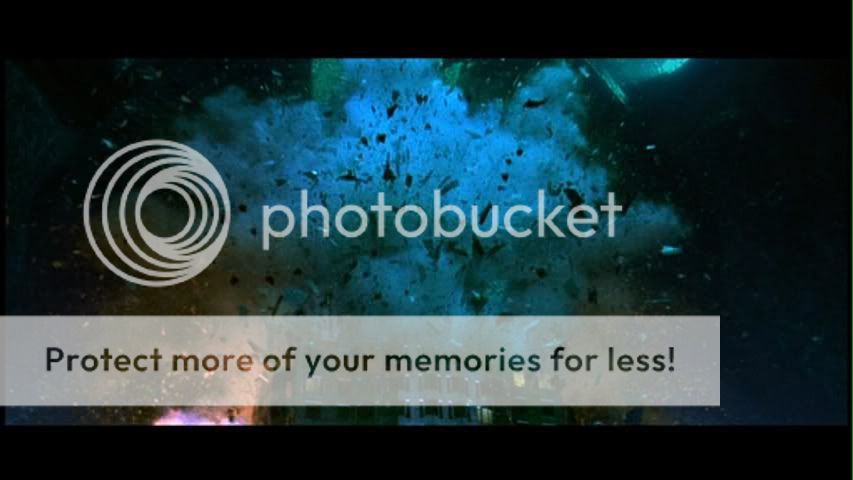Natalie Portman's directorial debut just completed its first week in theaters in the United States. "A Tale of Love and Darkness" started off with a limited theatrical run - just a few theaters in New York and Los Angeles to test the viability of a (slightly) wider release.
I caught the film on Thursday night at the Landmark Theater on Pico Boulevard in Los Angeles, a few short miles from the heart of the biggest Jewish community this side of the Mississippi.
I was the only person in the theater.
This is a problem.
I'm going to get a little more personal here than I usually get in these blog posts. As some of my readers know, I am a filmmaker, a practicing Jew, and an Israeli-American.
I've been frustrated to see that there's really very little media that speaks directly to my sub-cultural experience. "Jewish" content in Hollywood tends to be trite and superficial, often written by Jews who, themselves, have very limited (perhaps once a year) contact with the Jewish faith. Israel, when it appears in films at all, is usually nothing more than a military/intelligence factory that produces Zohan-like super-spies.
So what? To many of my (Jewish) friends, the thought of Jewish content coming out of Hollywood (or from the larger-scale independent world) isn't so exciting. Why do we need another "Fiddler on the Roof"? Or another "Exodus"? Don't people think the Jews "control" Hollywood already?
My answer to this applies not just to Jewish content, but to all content that reflects a diversity of cultures. Movies and TV tell us stories, and in doing so, they introduce us to characters. If the characters represent people who we (in real life) don't know, they give us a chance to humanize the mysterious other, to wrap our minds around the lives and needs of people who aren't like us. I point as evidence to the tremendous change in the tone of the national conversation surrounding the LGBT community over the last couple of decades. There was a big push in the '90s and '00s to incorporate gay and lesbian characters (and not caricatures) into Hollywood narrative, and as those stories hit the screen, they kept reminding us that there were real people at the heart of the debate.
We live in a time when anti-Semitism is creeping back into popularity, when Israel, with its complex and emotionally-saturated history, is reduced to a cheap binary of slogans. If there was ever a time when we needed mass media to remind people of the humanity of Jews, the richness of Judaism, or the complexity and nuance of Israel, this is it.
So why wasn't there anyone in the movie theater on Thursday night? It was the only theater screening the film, so it was the only opportunity in that time-slot for anyone in the entire Greater Los Angeles area to see this movie.
I think that we (Jews and people with an affinity for Israel) have lost sight of the power of media (an irony, considering the anti-Semitic canard that we control media!) When "faith-based" films hit theaters, churches and other Christian groups buy entire blocks of tickets for weeks on end and hire busses and vans to shuttle their congregants to the multiplex. And it works: they get to enjoy their stories, stories that relate to their experience, stories that were made for them, and as a result, those films remain in multiplexes, get talked about in the press, and eventually reach other audiences that might not have much to do with the faith-based crowd. The economics speak for themselves, so more faith-based films get made with bigger budgets, bigger stars, and eventually, a much bigger audience.
But Jewish-themed and Israel-themed films simply haven't been getting enough of an audience, so the simple task of getting them made is nearly impossible. Natalie Portman, with all of her star-power, had to fight for her film's $4M budget (she produced "Pride and Prejudice and Zombies" for $28M, which, I'm sure, was much easier to raise). Other filmmakers who want to make films for the Jewish audience have to fight just as hard, but raise much less. My own Jewish-themed feature was made for a tiny fraction of Portman's budget, and I haven't been able to raise any money for significant Jewish-themed projects since.
If we want to see Jews humanized on a global scale, or if we want to see Israel presented in far greater complexity than Hollywood tends to deliver, we need to be the initial audience that justifies the big investments required to broadcast those stories. These films won't get made without an audience to justify the investment. We need to be that audience.
What I'm trying to say with all of this is that filmmakers are trying to tell Jewish stories, to humanize the Jewish experience, to bring nuance, complexity and honesty back to the otherwise black-and-white public discourse. Some, like Natalie Portman, can inspire some investment by virtue of their star-power alone. But the rest of us filmmakers simply can't get these films made when our primary audience, the people who should care the most, simply don't show up.
Luckily, there's still a little time for "A Tale of Love and Darkness". Somehow, it survived its first week of release, and has expanded to a few more cities, a few more screens. If you see the importance of including Jewish and Israeli narrative in mass media, please go see it. Go with friends. Mobilize your congregation. We need to make this kind of content viable, otherwise our story, with all its richness, will not be heard.
-Arnon Shorr






